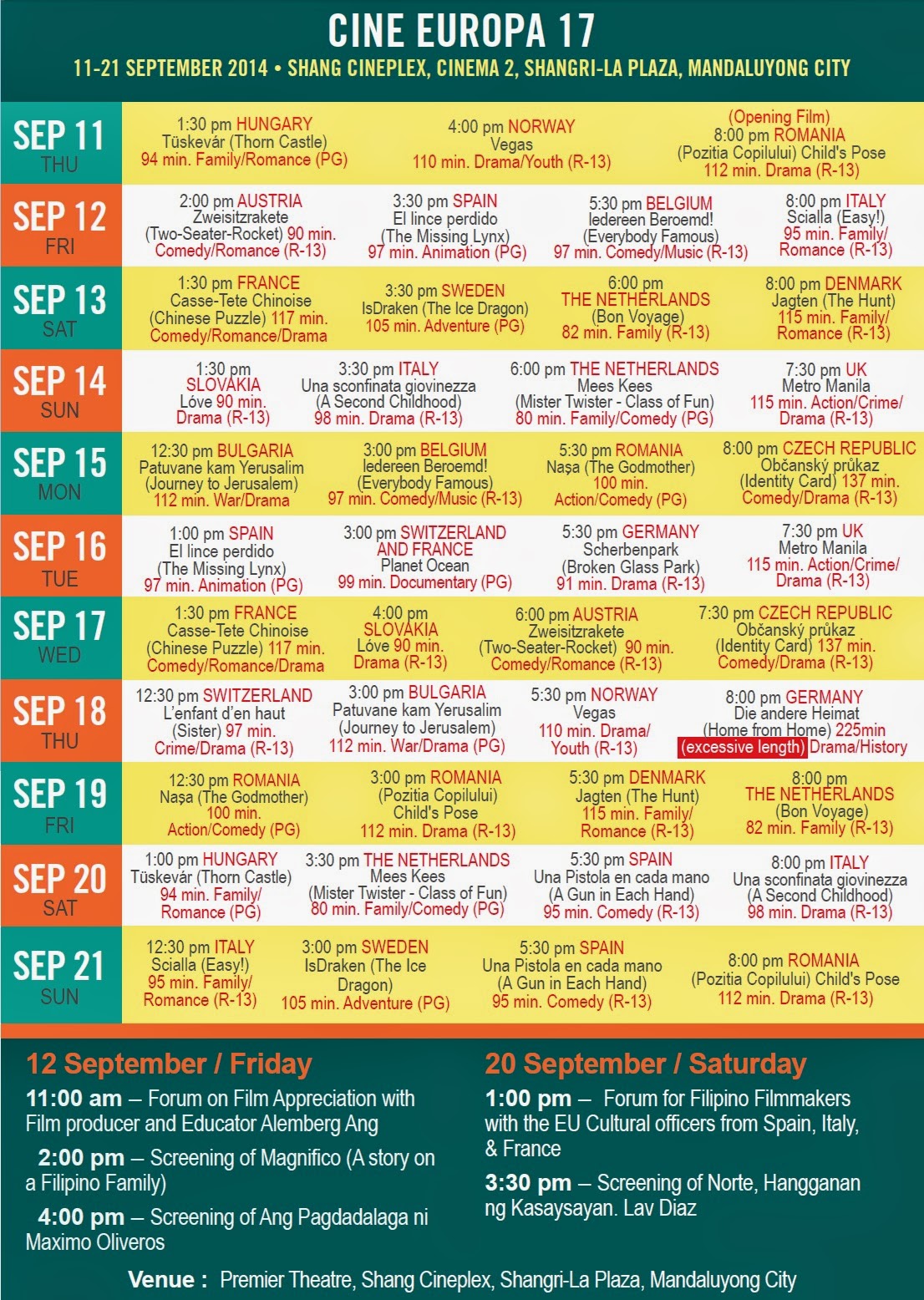I haven't decided which among Sanglaan and Engkwentro is my pick for the top film of Cinemalaya Cinco. I need to catch up again with Engkwentro. But, if I were to choose my favorite movie, then it will have to be Sanglaan. It is one of the best multi-character films done the Cinemalaya way.
The well-written characters are portrayals of people we ordinarily bumped into on the streets of Metro Manila. A greencard holder named Olivia (Tessie Tomas) manages a small pawnshop. She refuses to go to the United States because she'll probably end up as nanny of her grandchildren. Helping her at the pawnshop is an adoptive family member, Amy (Ina Feleo). The pawnshop's security guard named Kanor Sevilla (Jess Evardone) and his wife Esing (Flor Salanga) subleases an apartment. Their current tenant is Amy's high-school crush, David Santillan (Joem Bascon). He is a seaman waiting for a call to go onboard a ship. The last, but not the least, character is loan shark Henry (Ryan Neil Sese), an ardent admirer of Amy.
With this film, Ina Feleo might as well be tagged as princess of proletarian romances. She portrays Amy, a devoted romance pocketbook reader and sentimental appraiser at the pawnshop. Just when she gets close to the boy of her dreams, fate intervenes. In a nod to the film Endo, romantic affair must give way once more to port calls and dollars. Ordinary employees and wage-earners sometimes end up forgoing their romantic dreams because they barely make enough money for their own expenses. When they do go out on dates, a simple bowl of noodles is accepted main course for cash-strapped employees.
Director and co-scriptwriter Milo Sogueco has an observant eye. He knows the aspirations and dreams of ordinary Filipinos. He essays their close family relationships and their fondness for eating. The film's most memorable scene involves Olivia preparing a snack called ginataang bilo-bilo. When Amy arrived, Olivia serves her a bowl of the snack. Audience starts to expect something like an apology because of an earlier rift, or a chat about Olivia's possible departure for the USA. Sogueco brilliantly turns the scene into a priceless portrait of family bonding. Amy gets confirmation that she is not just an ordinary employee. She is a well-loved member of Olivia's family.
Filipinos endure life's trials and tribulations. They survive because of the love and support from family members and extended kin. That love is the reason why Filipinos value things given by their family members. Appraiser Amy goes out of her way to raise funds needed to get back the pawned ring of David. Kanor seeks money in order to get back a pawned television. How deep is Filipinos' love for their kin? Deep enough for them to sacrifice a kidney.
There is something that prevents people from being bowled over by the film. They tend to admire the film but can't seem to pick it as one of the best full-length features of Cinemalaya Cinco. The film seems too bland for their tastes. Parang kulang sa patis.
But, I think there will be others who will be raving over the comforting warmth of Sanglaan. I loved this little gem of a film. It reminds me of a Ma Mon Luk meal with family members and loved ones. Simple but fulfilling. Bland but warms the heart. Inexpensive but elicits priceless images of love and family bonding.
Original online posting in July 2009





























